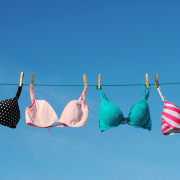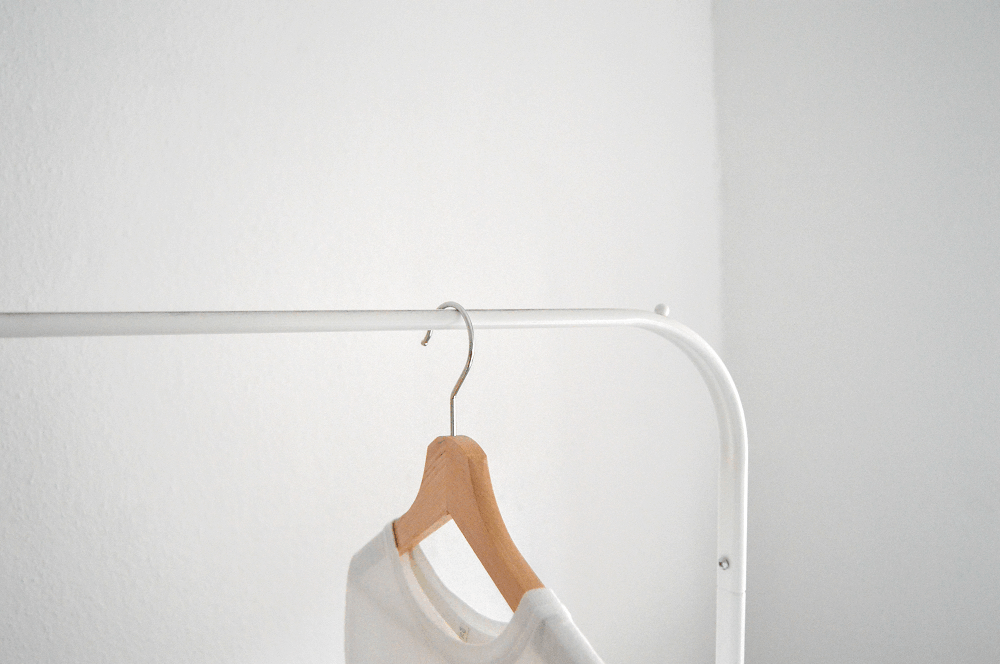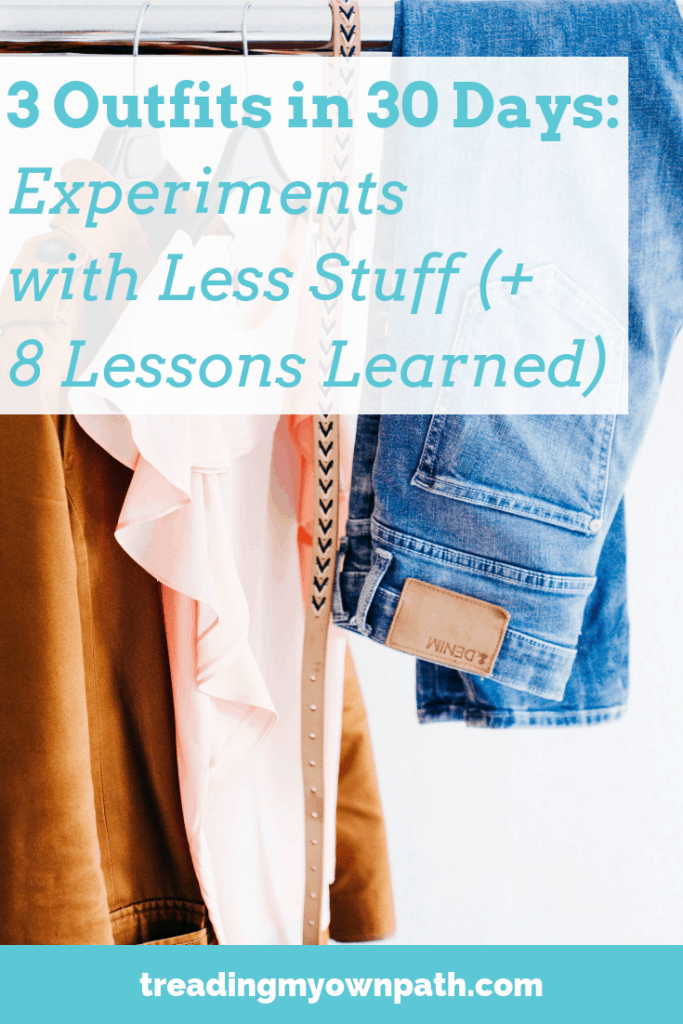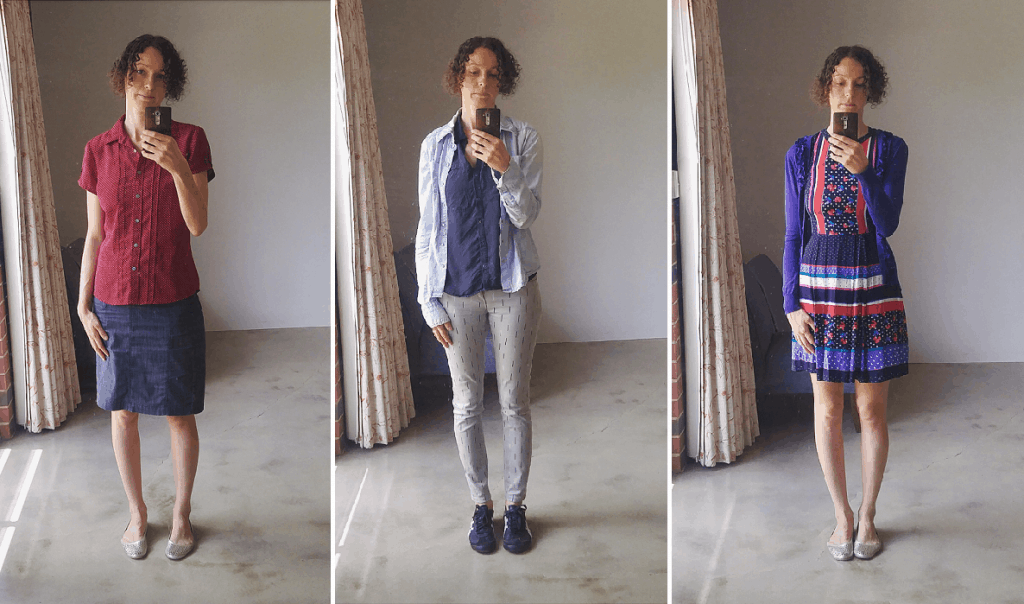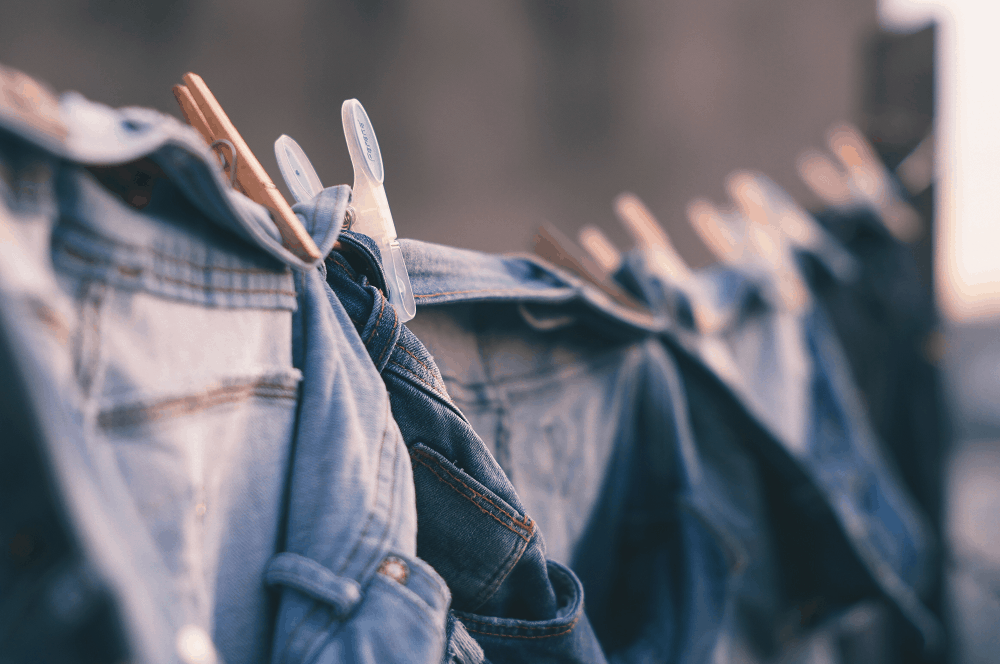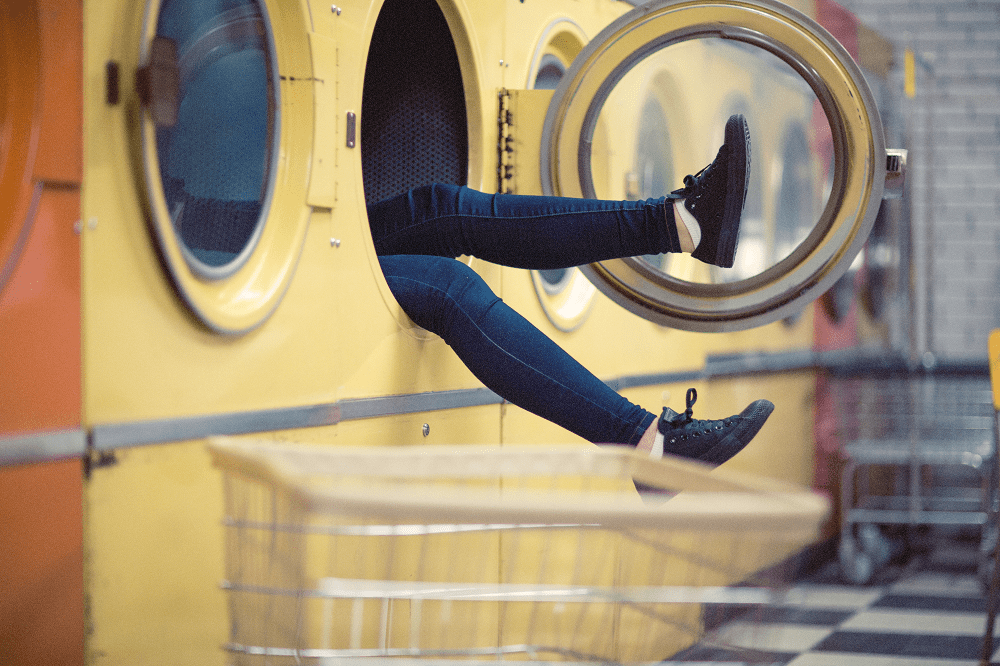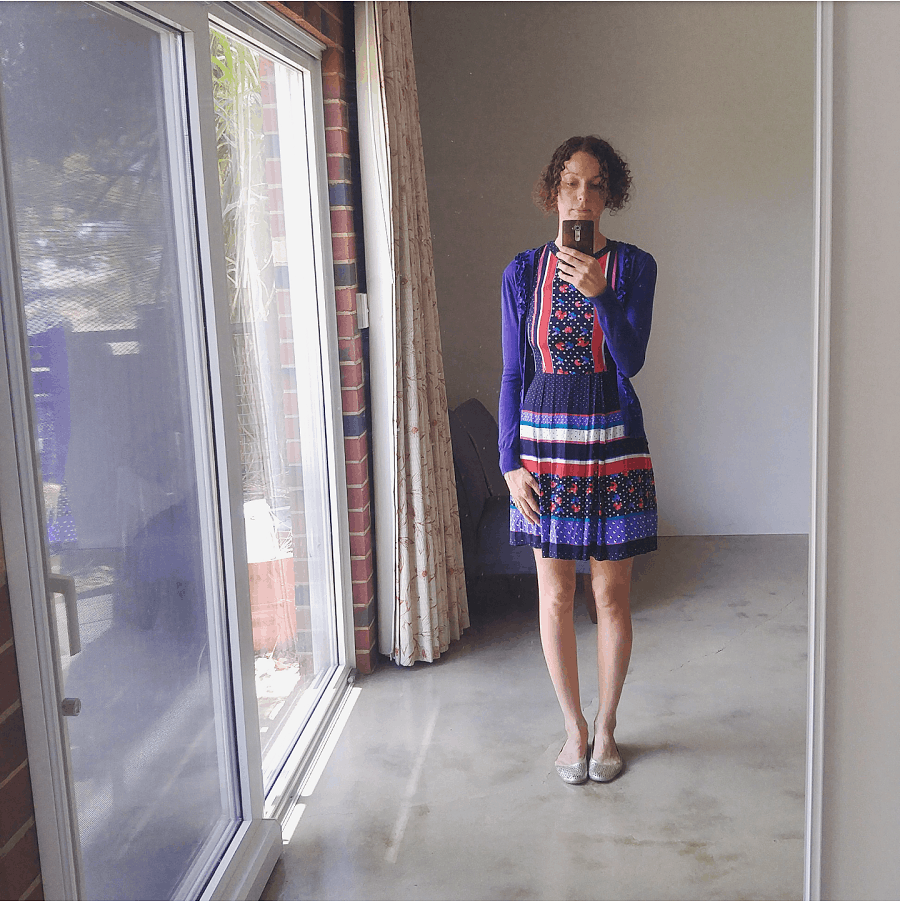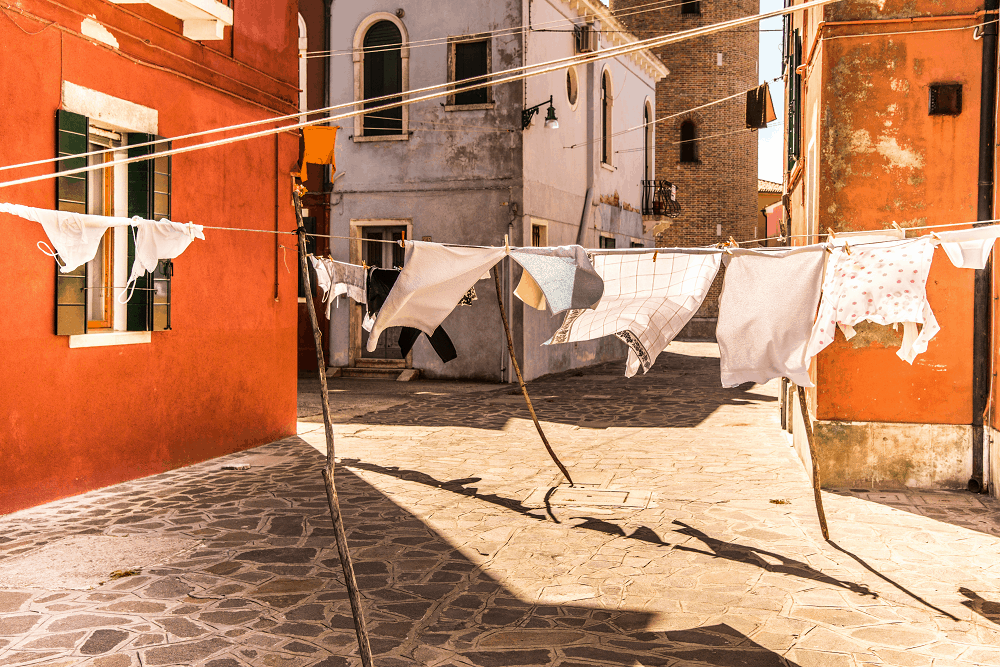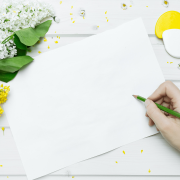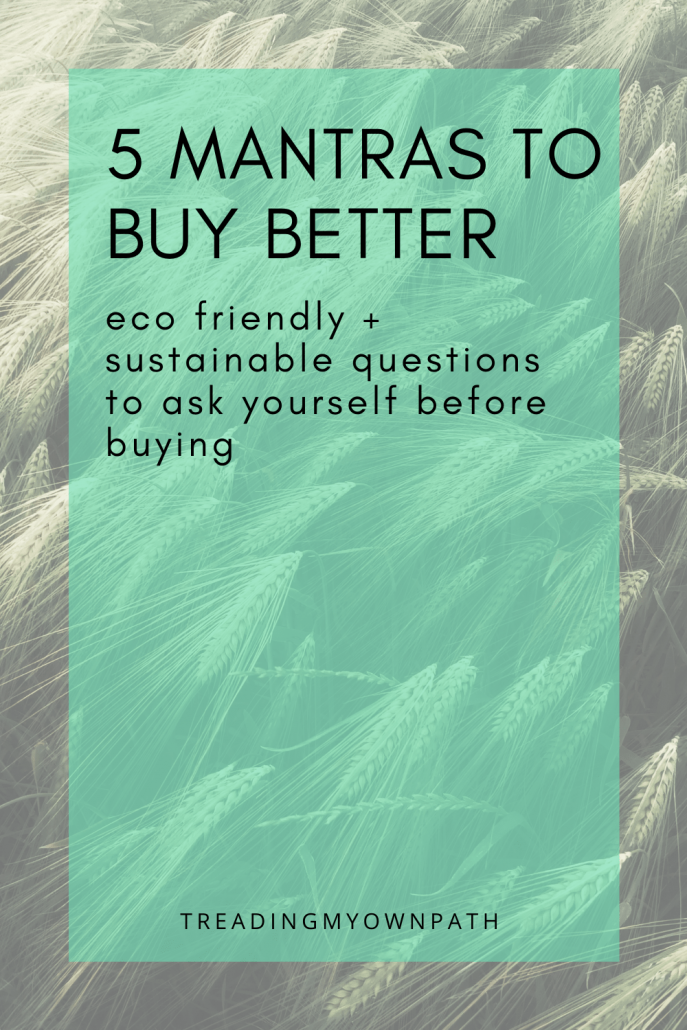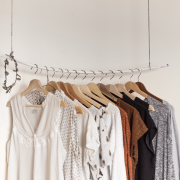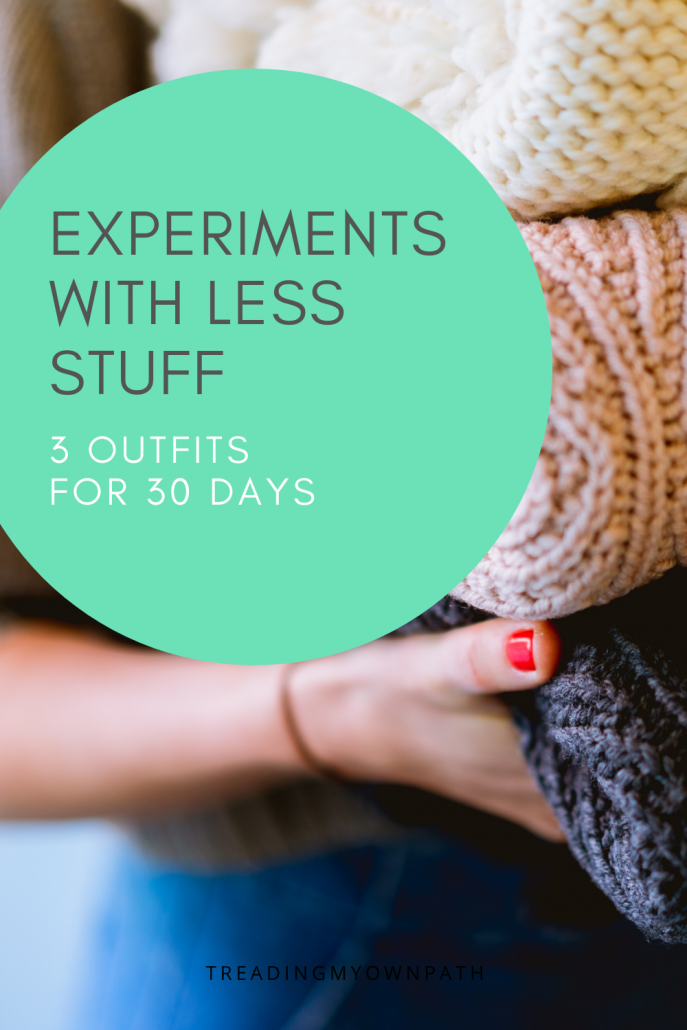A Guide to Ethical + Organic Bras (and Bralettes)
Last updated November 2021.
As I’ve said before, many things can be purchased second-hand and pre-loved. Undergarments, not so much. A lightly used bra might possibly be an option for some (versus lightly used underwear, which is a no from me). Personally though, I’ve always purchased my bras new.
And I’ve always struggled to find a bra that isn’t made of polyester or synthetic fabric. Crop top style bras can be found made of cotton, but they don’t tend to be very supportive, so they don’t work for everyone.
Fortunately, as demand for ethical and sustainable products has grown, so have the options available to us. I thought I’d put together a post of all the sustainable bra brands that I’ve come across. I’ll add to the list as more become available, so if you know any great ones I’ve missed, be sure to let us know!
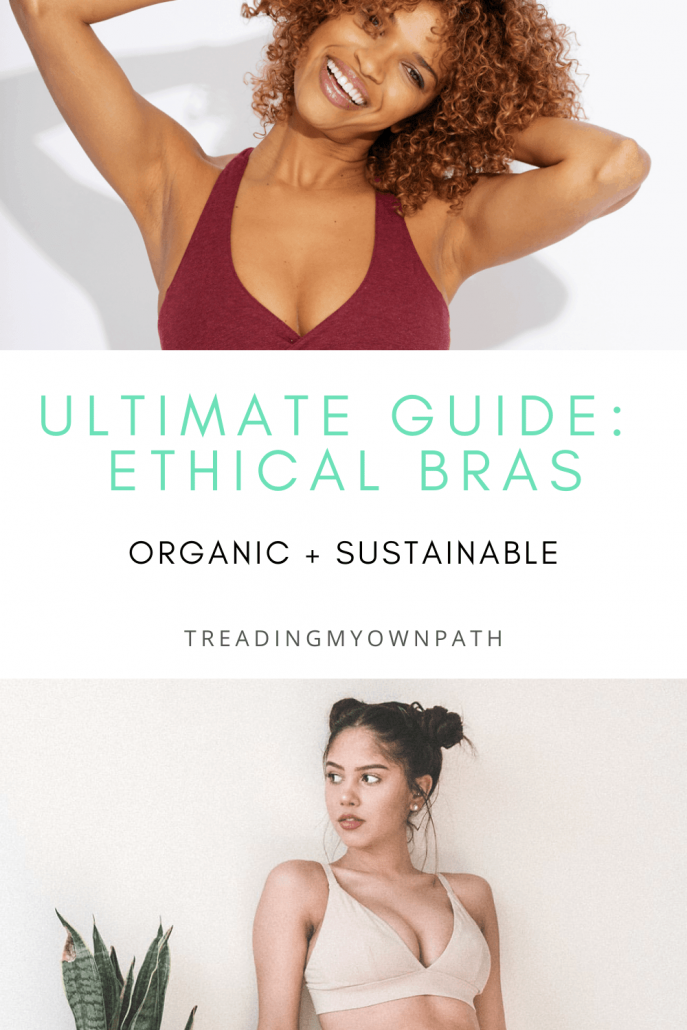
(This is the second part of this series, you can find the women’s ethical underwear post here.)
This post contains affiliate links. You can read more at the end of the post.
AmaElla
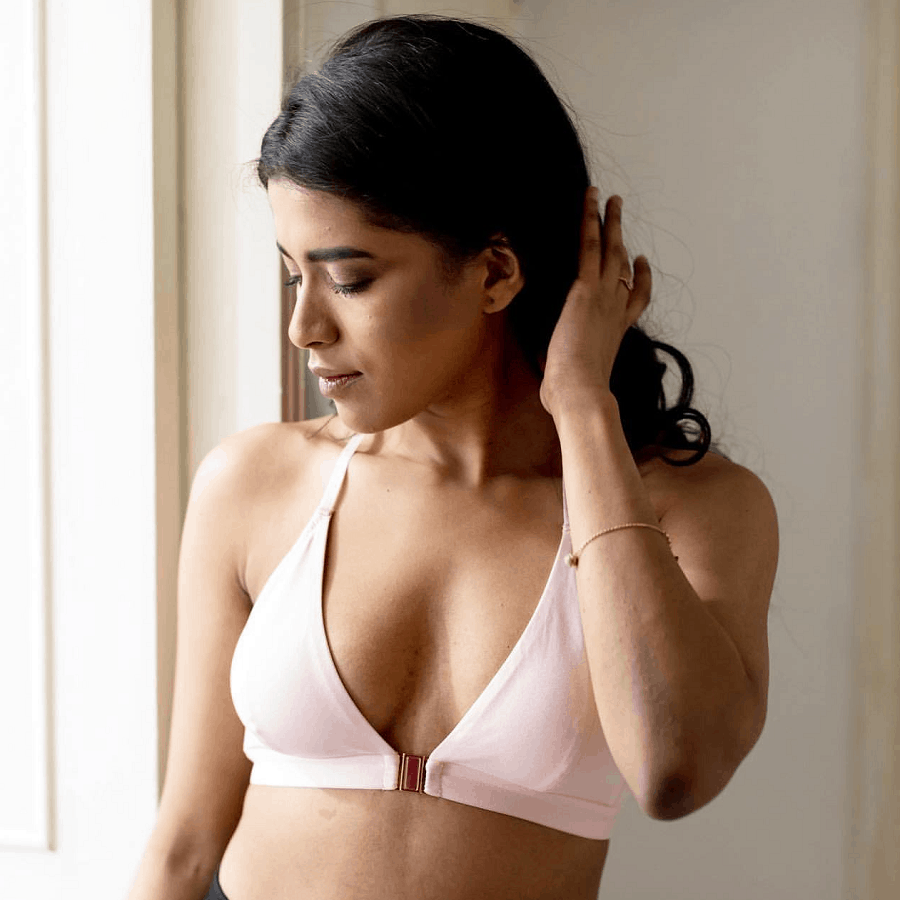
Company HQ: UK / Fairtrade: No / Organic: YES / Made from: Cotton / Made in: Portugal / Ships: Worldwide
A Cambridge-based UK business with a focus on ethical and organic lingerie offering a small number of organic cotton bras.
Sizes: S – L (32A – 38C)
Tried and tested: I’ve not tried this brand but it’s one that my readers have recommended.
Website: amaella.com
Julie May
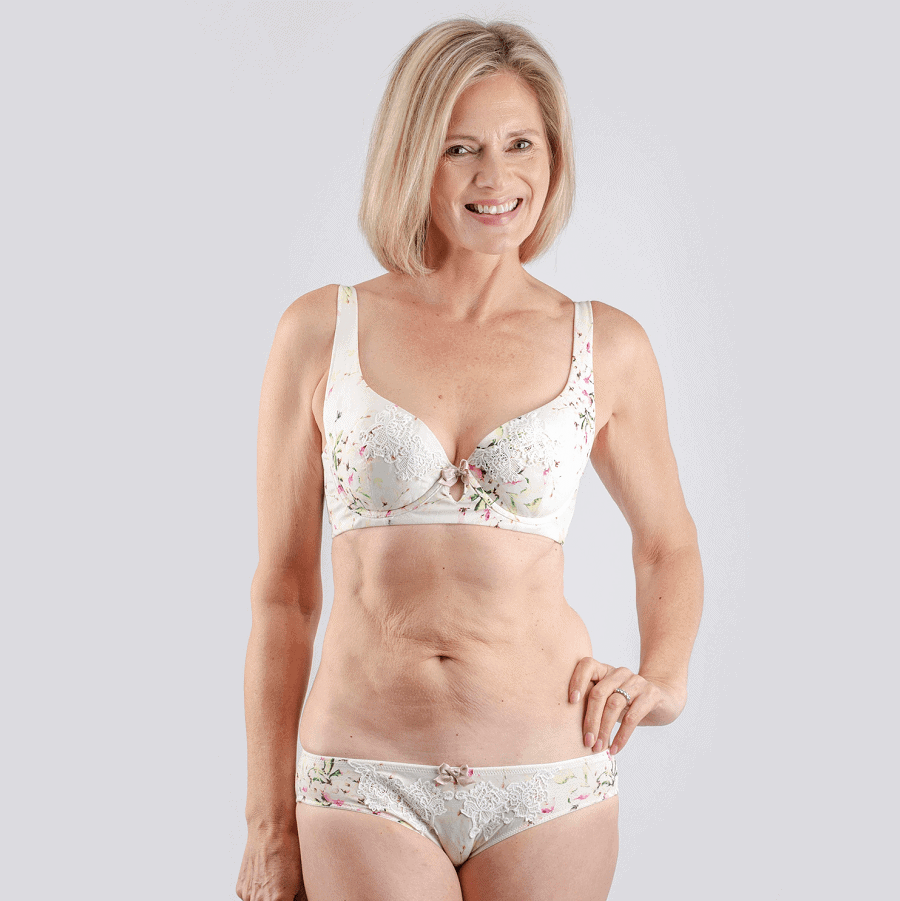
Company HQ: UK / Fairtrade: No / Organic: YES / Made from: Cotton and silk / Made in: Hong Kong / Ships: Worldwide
A UK company specializing in certified organic Pima cotton and silk bras and briefs, with a range of styles including underwired and non-underwired options, and sports bras. Their products are accredited by AllergyUK to be friendly for those with allergic reactions to synthetic fibres.
Sizes: 8 – 18 / 32B – 40G (size options vary with style)
Tried and tested: I haven’t personally tested this brand. If you have, I’d love to hear your thoughts in the comments!
Website: juliemay.co.uk
Le Buns
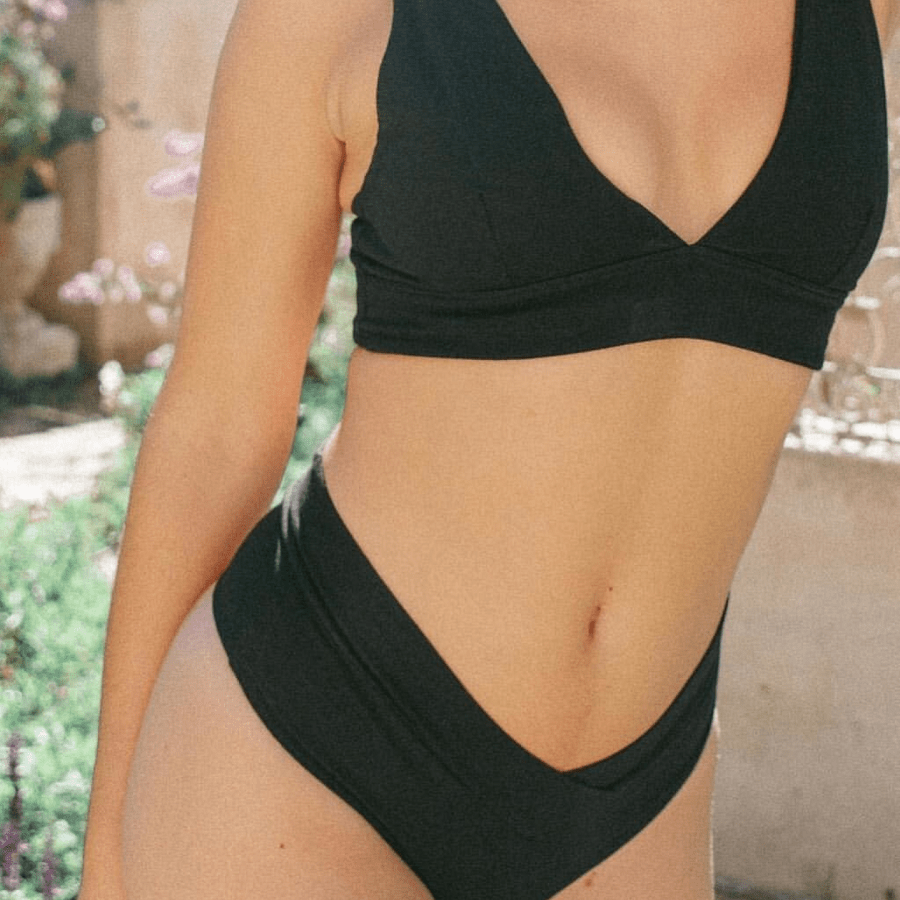
Company HQ: Australia / Fairtrade: No / Organic: YES / Made from: Cotton / Made in: Indonesia / Ships: Australia
Boutique Australian company specializing in organic cotton intimates and swimwear made from discarded fishing nets. They have a range of organic cotton bralettes mostly in a crop-top/sportswear style, in natural colours.
Sizes: XS – XL
Tried and tested: not a brand I’ve tried, but one that has been recommended to me by my readers.
Website: lebuns.com.au
Living Crafts
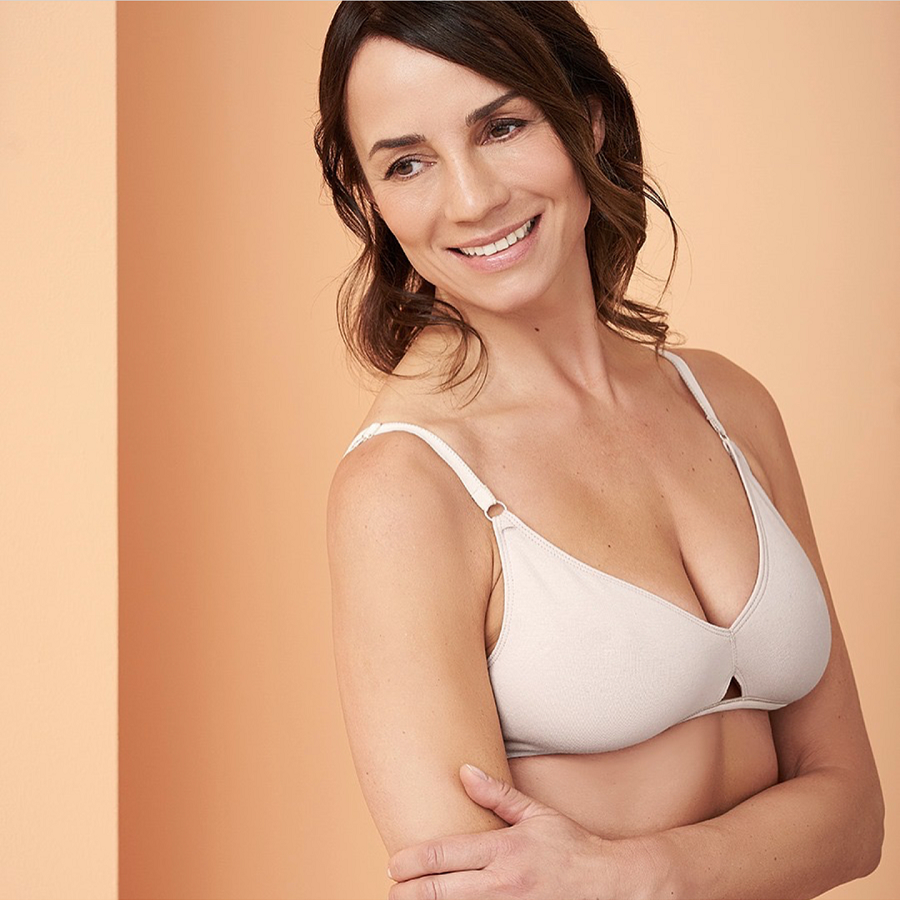
Company HQ: Germany / Fairtrade: YES / Organic: YES / Made from: Cotton and elastane / Made in: India / Ships: Worldwide
The bras offered by Living Crafts are all cotton. There are a few styles (pictured is the Triangle bra). The Irelia has recycled polyamide straps.
Sizes: XS – XL (The Irelia bra has regular bra sizing from 75A to 85C)
Website: livingcrafts.de
Organic Basics
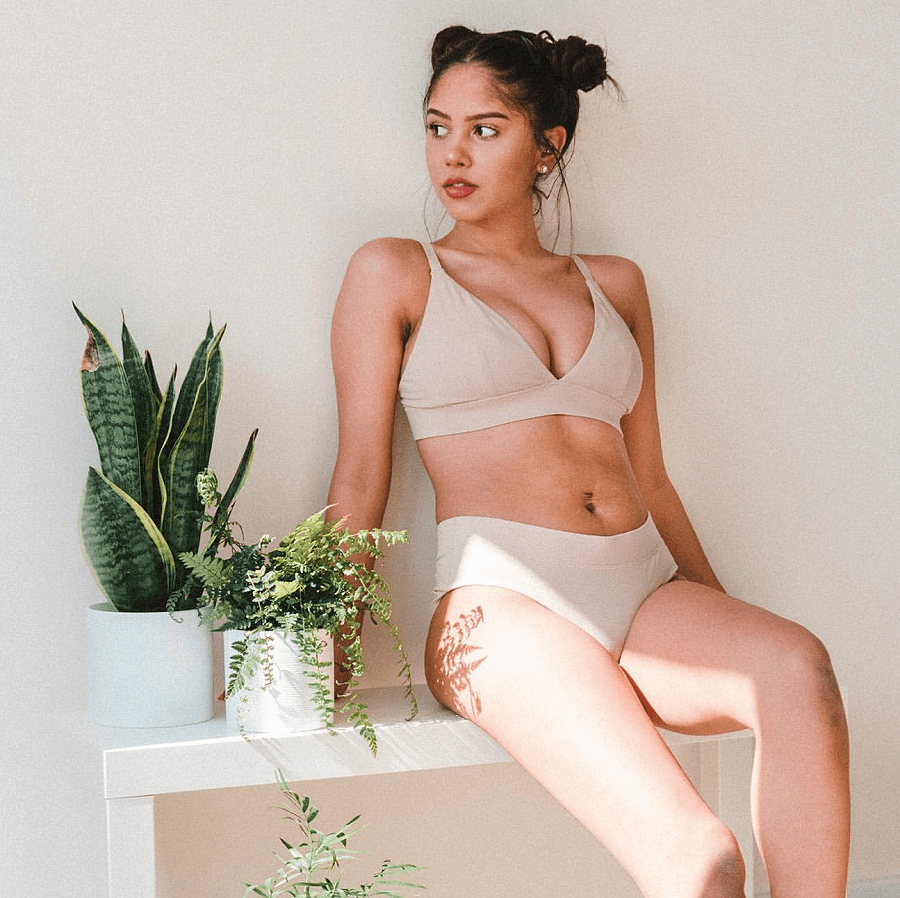
Company HQ: Denmark / Fairtrade: No / Organic: YES / Made from: Cotton / Tencel / recycled nylon Made in: Turkey / Portugal Ships: Worldwide
Organic Basics have two regular bras: the triangle bra, made from cotton, and the lite bralette, made from Tencel. (They also have a sports range made out of recycled nylon.)
Sizes: XS – XL
Tried and tested: I have the triangle bra in size M (I’m usually a 34C). I think I’m probably between their sizes, and so I don’t find the bra as supportive as the Very Good Bra, but I do find it incredibly soft and comfortable, and it’s the bra I’ve lived in for the last few months.
Website: organicbasics.com
(For readers outside Australia: Organic Basics have given me a 10% discount code to share with you TREADOBC. For Australian readers: Organic Basics have a newly launched Australian website that doesn’t accept this code and only stocks a small range. When I purchased my products this site didn’t exist and I used the US site which has the full range.)
Pact
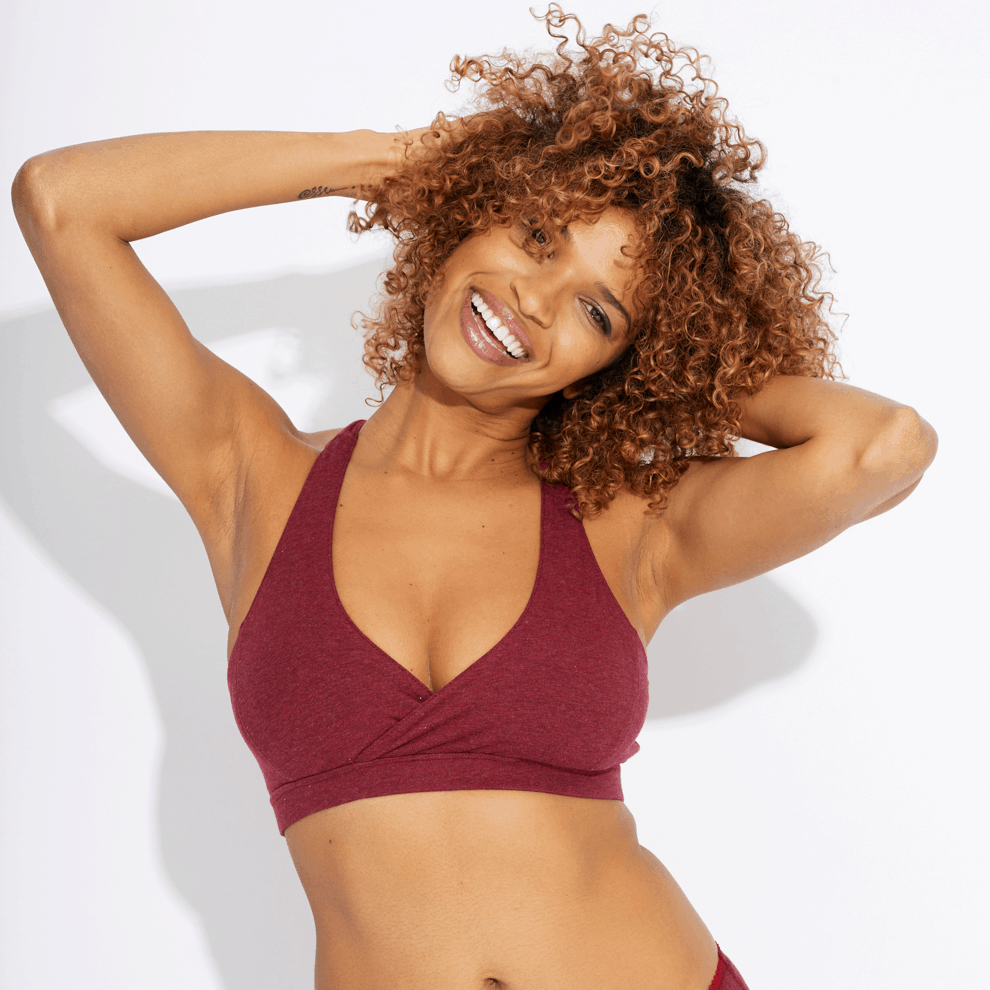
Company HQ: USA / Fairtrade: YES (Factory) / Organic: YES / Made from: Cotton Made in: India / Ships: USA and Canada (International shipping currently on hold)
A US company selling organic cotton products with few different bralette styles (all 95% organic cotton, 5% elastane). Several bras are recommended for A – D cups, others for smaller cups only.
Sizes: XS – XL
Tried and tested: I’ve not personally tried this brand, but several of my readers recommended them to me. I like that they offer a number of different styles and patterns.
Website: wearpact.com
Peau Ethique

Company HQ: France / Fairtrade: YES (SAB000) / Organic: YES / Made from: organic cotton Made in: India? / Ships: Worldwide?
Living Crafts is a French mother-and-daughter company making organic cotton and silk underwear. They make cotton bras with and without underwiring and also a nursing bra. If you want something a little more glamorous, this is where to look.
Sizes: 85A – 100E
Website: peau-ethique.com
The Very Good Bra

Company HQ: Australia / Fairtrade: YES / Organic: YES / Made from: Tencel / Made in: Hong Kong and China / Ships: Worldwide
If there is one bra I would recommend above all others, it is the Very Good Bra. The creator, Stephanie, wanted to create a bra that was totally zero waste, right down to the thread (Tencel, which is compostable), elastic (tree rubber) and labels (organic cotton).
Sizes: AA – E. Currently available in black, vintage pink, navy and Liberty fabric with a few different patterns.
Tried and tested: It’s firmer and offers a little more support than the cotton brands I’ve tried that tend to be a little stretchier. I have size 34C in black. I love everything about this bra, from the fit to the ethics to the 100% compostability.
Website: theverygoodbra.com
…
Now I’d love to hear from you! Especially if you’ve tried and tested a brand – and whether you loved it or actually not so much! Any other comments or thoughts? Please share below!
Disclaimer: this post contains affiliate links, meaning if you click a link to another website and choose to make a purchase, I may be compensated a small amount at no extra cost to yourself. My recommendations are always made with you, my readers, as my priority. I only align myself with companies whose products and ethos I genuinely love, and I only share companies and products with you that I believe you will be interested in.

